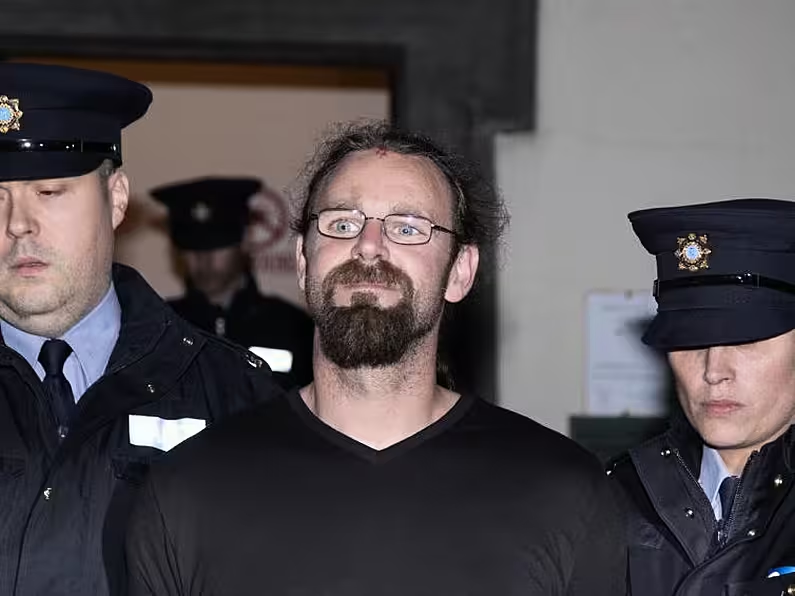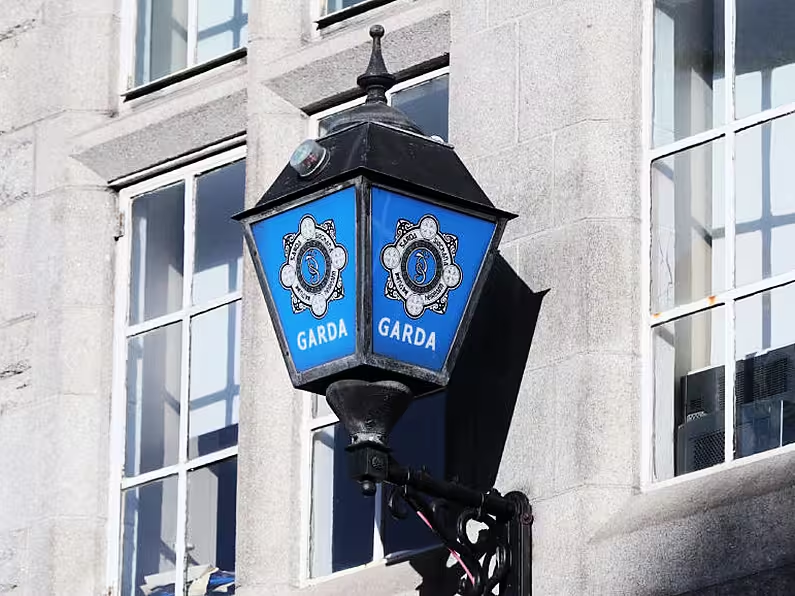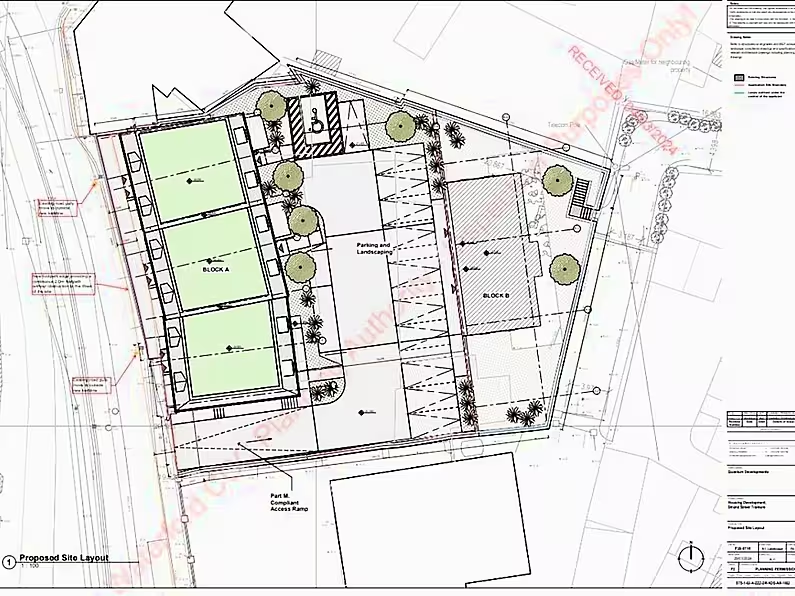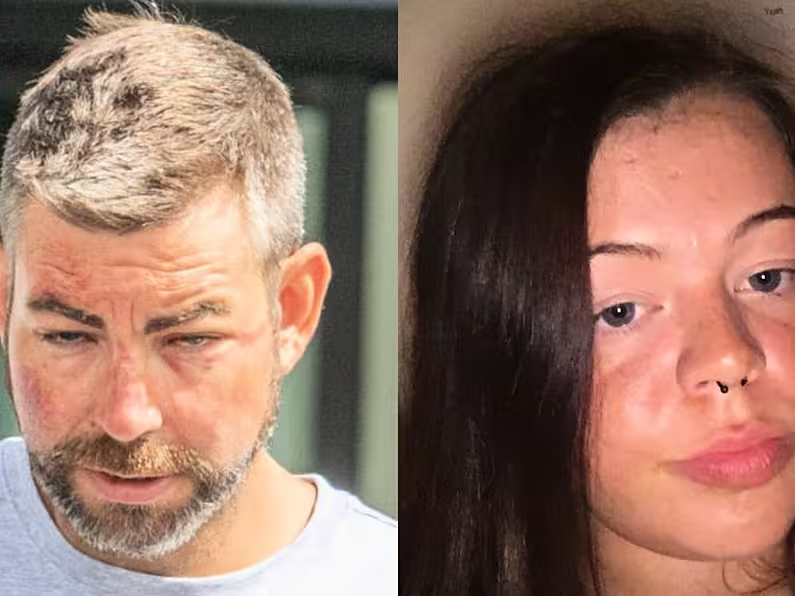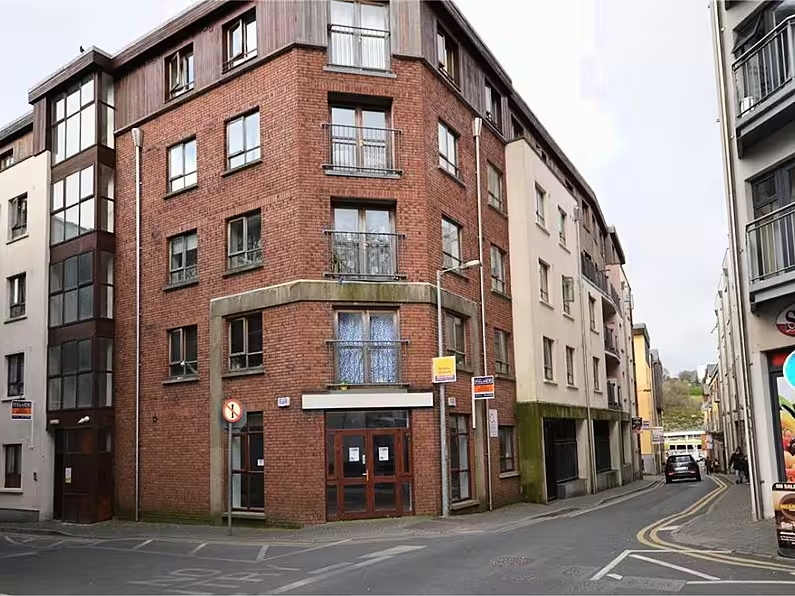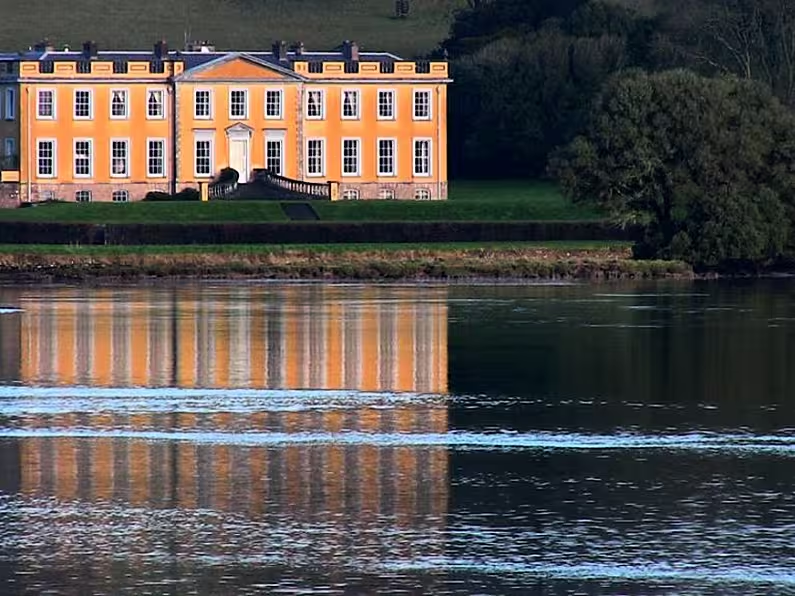Eoin Reynolds
The man accused of murdering Detective Garda Colm Horkan has told his trial that he is diagnosed with two mental disorders, had stopped taking his medication and was living in a shed with no running water in the weeks before the shooting that resulted in the detective’s death.
Stephen Silver took the stand following the close of the prosecution case and told his own counsel, Roisin Lacey SC, that he had considered signing himself in for respite the day before the shooting but on the day of the shooting was feeling “hyper” and “elated” and "it had gone too far".
He said he started “thinking strange things”, such as that a woman he had been seeing was an MI6 agent and that the SAS had planted a bomb under his van.
The court viewed CCTV footage of him looking under his van in the “press-up” position at a car park outside a Dublin hotel earlier that day.
He also said he believed that he was a member of the 62nd Cavalry Reserve of the Irish Army and that when he put on a Roscommon hat and a leather waistcoat that he was wearing his Irish Army uniform and was going to “police the streets for Covid”.
Mr Silver (46), a motorbike mechanic from Aughavard, Foxford, Co Mayo has pleaded not guilty to the murder of Det Garda Horkan knowing or being reckless as to whether he was a member of An Garda Siochana acting in accordance with his duty. He pleaded guilty to manslaughter by reason of diminished responsibility, at Castlerea, Co. Roscommon on June 17th, 2020.
Mr Silver told Ms Lacey that he grew up in Roscommon and trained as a motor mechanic after leaving school following his junior certificate exams.
Psychiatric history
He said he had a “longstanding psychiatric history” having been admitted to psychiatric units 17 times since he was 19 or 20 years old. Some admissions were voluntary, others involuntary, he said, and he had been diagnosed with schizo-effective disorder and bipolar disorder.
The jury heard that Gda Horkan brought Mr Silver to the psychiatric unit on one occasion in 2003. The accused said he remembered the incident but did not remember Gda Horkan. He added: “I was very distressed at that time so I wouldn’t remember a lot.”
He was married for about 13 years but split from his wife in February 2020. “We just hadn’t been getting on that well at the time,” he said. He moved to a flat in Foxford but couldn’t afford the rent so he left and moved into a shed he had bought to expand his motorbike mechanic business.
He lived in one corner of the shed where he had set up a futon bed, a couch, a cooker and a small oven. There was no running water inside, but he had a hose outside and would use a big bottle and an unplumbed sink to wash. It was a “good dry shed,” he said and there were no vermin, but there were bats and birds in the roof.
He said the shed was “grand and peaceful” but he wasn’t getting as much sleep as he would normally get.
Some nights he would sleep for just four hours. He added: "When I start not sleeping well, I start getting a bitín unwell. I was thinking about things I had to do, working on the bikes and trying to think how to fix them and go about getting the job done. It would cause me stress."
Medication
He had been prescribed Olanzapine to treat his mental disorders but was not taking his medication. He said he felt that his medication slowed him down, made him feel sleepy and low, and caused him to put on weight. At the time, he said, he thought that taking his medication meant he wouldn’t be able to function. He added: “But I would always end up in hospital. My energy levels would keep rising and rising and it would get to a point where I wouldn’t be able to sleep.”
For a long time, he said, he didn’t think he had a condition. “I thought it was due to my upbringing and the way things were when I was younger. Parents splitting up, I just thought it was more to do with that. My dad’s an alcoholic. I thought I didn’t have a mental illness.”
Since the shooting, he said he has been taking his medication for over two years and he feels okay and finds that the drugs calm him down. He added: “I have enough energy and the only problem is you do put on weight.”
Covid
When Covid hit, he said it worried him a lot. He stopped going to group meetings for people with mental illness and was concerned about catching the virus.
Coming up to the time of the shooting, he said his head was “busy, a lot going on in it”. He added: “I thought everything was all right, thought I was doing great, I was on a high. I was full of energy, everything is right with the world, nothing’s wrong.”
He had “bundles of energy” and would go cycling, walking and training. “I’d find it hard to sleep then because it’s hard to relax.”
Sent by MI6
In the days leading up to the shooting he was with an Australian woman he had met the previous January. She was flying back to Australia and they travelled together to Dublin where they planned to spend a few nights at a hotel near the airport from June 15th. The following day, Mr Silver said he changed his mind and wanted to go home. He said he began to believe that she “wasn’t who she said she was” and that she was “up to no good”.
At first he thought she was making a film about him but later believed she had been sent by Mi6 “to get rid of me”. When he told her he was leaving, he said she became “irate”.
He noticed some English builders staying in the hotel and began to believe they were members of the SAS working with the Australian lady.
He said he didn’t think of any of these thoughts in the context of his illness, but he recalled that he had considered signing himself into respite on the 16th, one day before Gda Horkan was shot. By the time he had concerns about the MI6 and SAS, he said, “it had gone too far. I was thinking strange things.”
On the 17th he recalled that he was getting very talkative, calling friends and chatting to the receptionist in the hotel. He said he was getting “hyper”, “talking gibberish”.
As he prepared to leave Dublin on the 17th, he gave the Australian woman €50 to get a taxi to the airport. Before getting in his own van he checked it to make sure there were no explosive devices left by the “SAS guys” and headed for home. He said he felt that he had accomplished a mission to get the Australian woman to the airport and this made him feel elated. He was “very, very happy” listening to Motorhead on the motorway.
He later received a broken heart emoji from the Australian woman and sent her a selfie of him wearing a Roscommon hat and waistcoat. He said he thought that this was his “work attire” or uniform and that he was “going to police the streets for covid and the like”.
In Castlerea he found out that his old friend James Coyne’s house had been raided by armed gardai and went to him. They hadn’t seen one another for about 13 years, he said, but they embraced and shook hands. He was upset at the “squalor” his old friend was living in; there was dirt everywhere and mould on the walls and it appeared not to have been cleaned for years.
They decided to go to Mr Silver’s bike repair shop in Foxford but stopped at Castlerea Garda Station on the way. Mr Silver said he couldn’t remember what he said to gardai but had intended to “tell them not to be mistreating James”. He remembered having a "rant" at the garda manning the desk.
At Foxford, he gave Mr Coyne a Kawasaki racing bike that he had been working on for three years. He said he couldn’t understand why he gave away the bike, which he valued at €2,500. He added: “I would never give it away to anyone.”
He said: “I just felt sorry for him… I wasn’t well to be honest with you and that’s the only reason I gave away that bike. James was very happy with it, it was like Christmas, his mood was so good.” He said he likes to see people happy and Mr Coyne “was in great form, as you would be with someone giving you a motorbike”.
Mr Silver will continue his evidence before Mr Justice Paul McDermott and a jury of seven men and five women tomorrow (THU).



